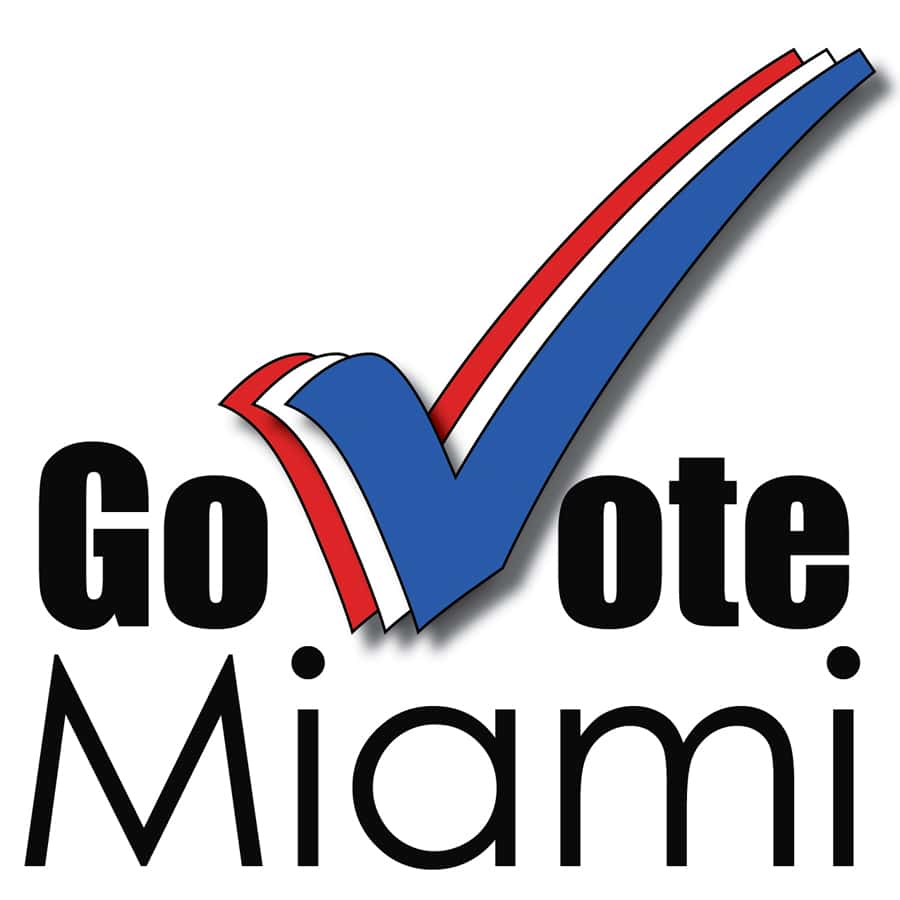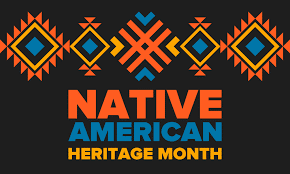The first ‘American Indian Day’ was celebrated in 1916, thanks to the efforts of Red Fox James, a member of the Blackfeet Nation. It took over seven decades for this recognition to evolve into “National American Indian Heritage Month,” designated in November each year.
The fight to regain recognition and equity has been long and arduous, as Indigenous people have faced centuries of struggle to attain full U.S. citizenship and voting rights in a place originally often named for their many tribe’s relationship with the land, its features, and its significance in their culture and history.
The latest census data reveals that there are 9.7 million Americans of Native American and Alaska Native descent. They belong to 574 federally recognized Indian tribes and live on 324 distinct, federally recognized reservations and trust lands. 122,579 is the number of single race American Indian and Alaskan Native veterans of the U.S. armed forces.
Despite the Fifteenth Amendment in 1870 granting voting rights to all U.S. citizens regardless of race, it took Native Americans almost another one hundred years to exercise their voting rights. As states held the power to decide voting eligibility, Indigenous people and African American people were subjected to poll taxes, literacy tests, fraud, and intimidation for decades. The Voting Rights Act of 1965 and subsequent legislation in 1970, 1975, and 1982 provided essential protections, finally securing the voting rights of Native Americans.
This month stands as a reminder of the resilience and determination of our Indigenous communities and their pursuit of recognition, equity, and self-determination after centuries of dispossession and struggle to re-establish their original historic identities.







